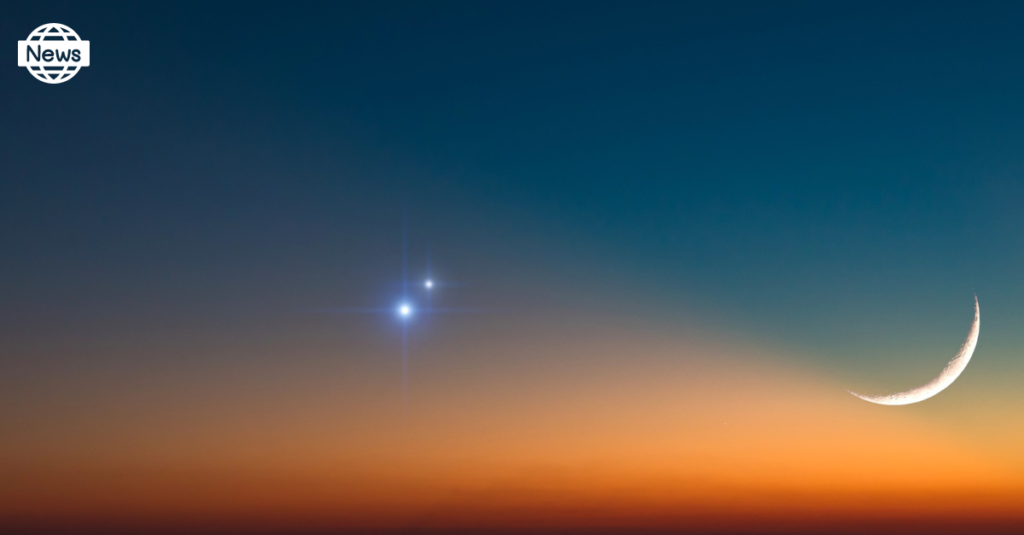Jupiter and Venus will align in the skies around the world to produce a conjunction, which will be one of the rarest celestial phenomena. Venus and Jupiter will appear to be overlapping each other during the uncommon event as they continue to move around in their orbit as seen from Earth, separated in the sky by just 0.5 degrees.
The two planets have been getting closer for some time, and since the middle of February, they have been clearly visible in the night sky. Observers from all across the world have captured images of them synchronized dancing as they grow closer every day. The two planets seem close to one another or even touch during the planetary conjunction, sometimes referred to as a planetary alignment.
At its closest, the two planets will be separated by barely 0.5 degrees in the skies. Nonetheless, they are separated by millions of kilometers in the vacuum of space. The two will look closest due to their position in their orbits around the Sun as observed from Earth.
The optimum moment to observe the conjunction will be right after dusk. India can observe the conjunction after 5:30 pm as the two planets appear in the sky closer than ever. While a clear sky with low cloud cover will be helpful, the planets will be visible to the naked eye. Venus and Jupiter are currently the two brightest planets visible in the sky at the moment as they inch closer to each other every day. With a magnitude of -2.1, Jupiter is predicted to be twice as brilliant as Sirius, the brightest star in the sky. Venus will shine brighter by a magnitude -4.0, though. After the sun and moon, Venus is the third-brightest natural body in the sky.
On March 1 and 2, the two planets will be conjunct; after that, they will start their outward voyage as they separate from one another. After that, Venus will pass Jupiter in the sky, and on March 3 it will overtake the gas giant as Jupiter’s position in the sky begins to wane. By March 11, Jupiter will vanish when it enters the Sun’s glare.
